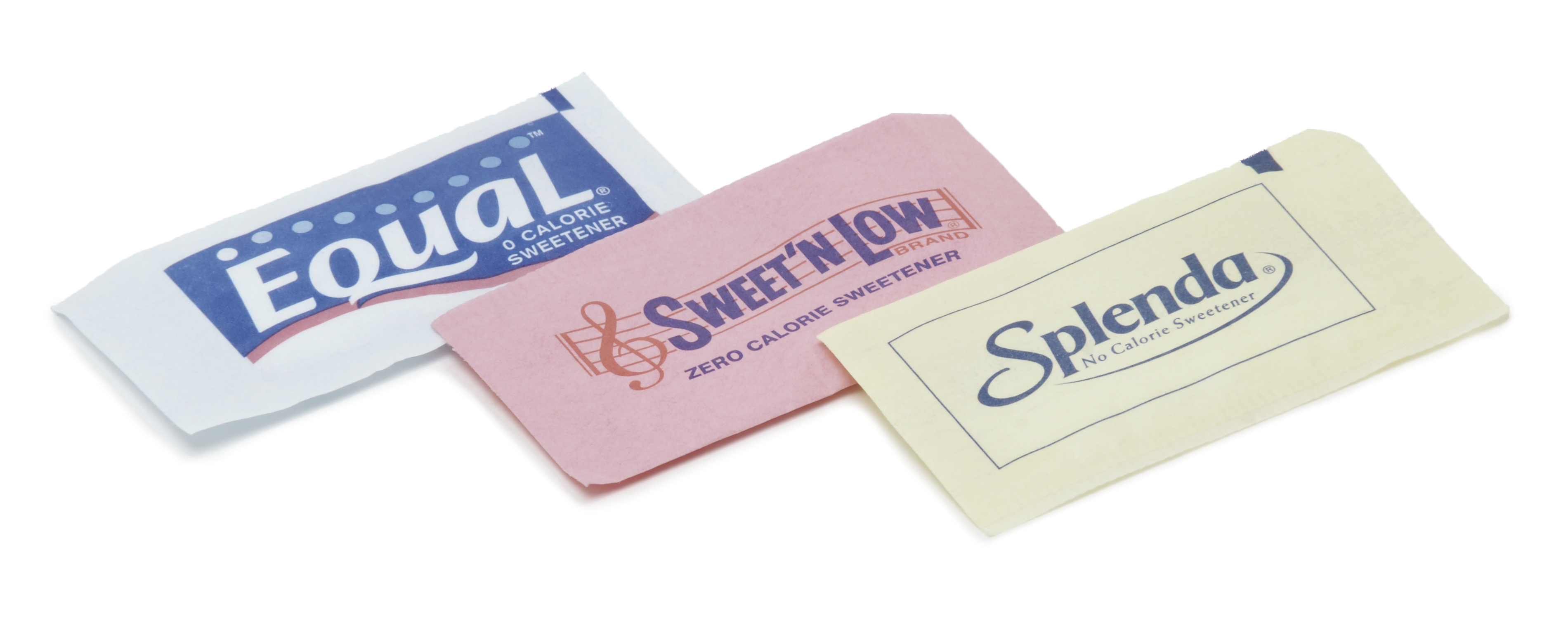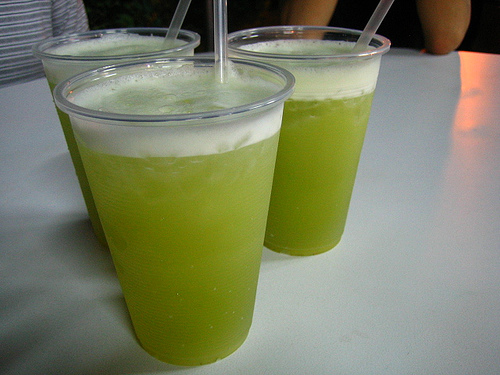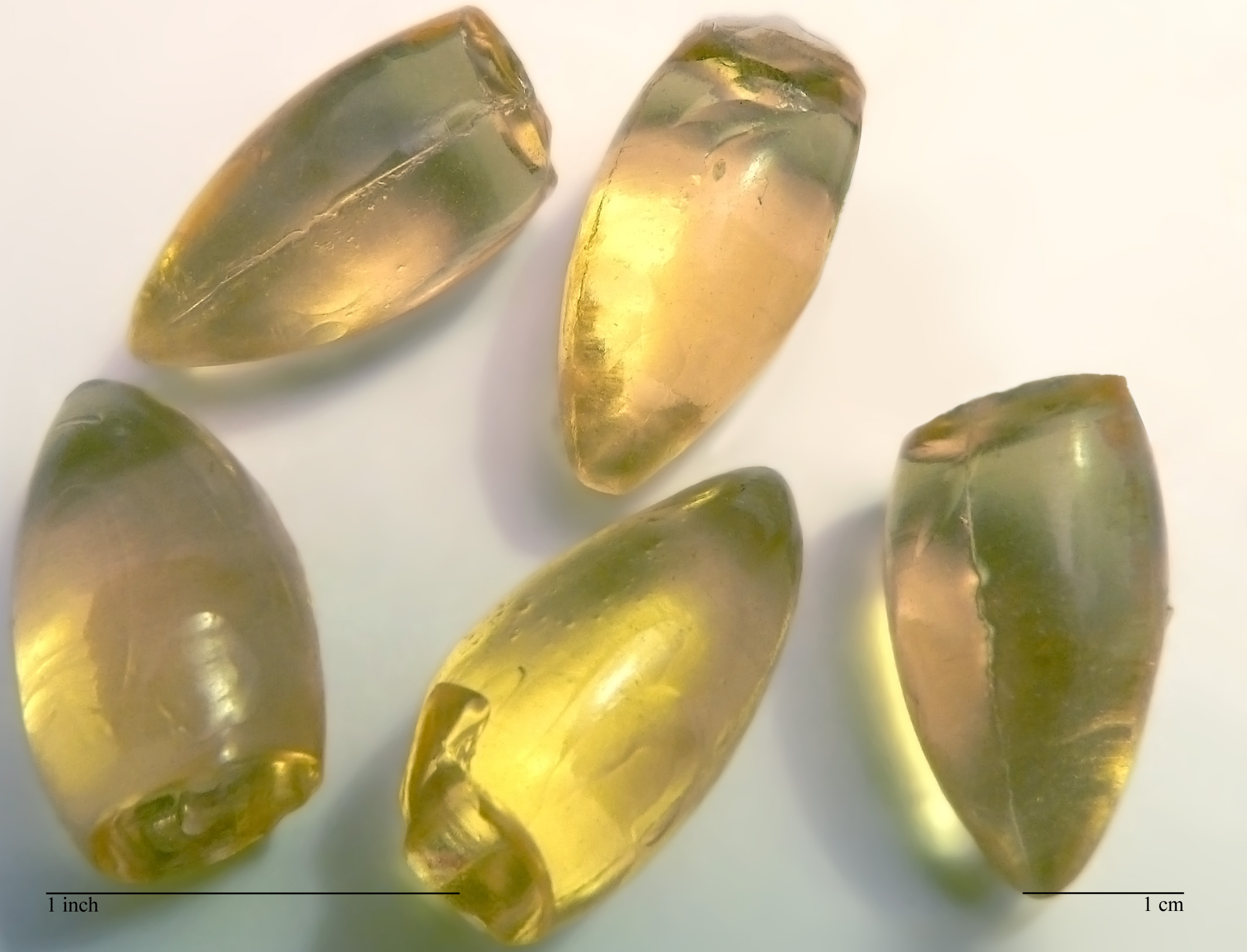|
Erythritol
Erythritol (, ) is an organic compound, the naturally occurring achiral meso four-carbon sugar alcohol (or polyol). It is the reduced form of either D- or L- erythrose and one of the two reduced forms of erythrulose. It is used as a food additive and sugar substitute. It is synthesized from corn using enzymes and fermentation. Its formula is , or HO(CH2)(CHOH)2(CH2)OH. Erythritol is 60–70% as sweet as table sugar. However, erythritol is almost completely noncaloric and does not affect blood sugar or cause tooth decay. Japanese companies pioneered the commercial development of erythritol as a sweetener in the 1990s. Etymology The name "erythritol" derives from the Greek word for the color red (''erythros'' or ). That is the case even though erythritol is almost always found in the form of white crystals or powder, and chemical reactions do not turn it red. The name "erythritol" is adapted from a closely-related compound, erythrin, which turns red upon oxidation. Hi ... [...More Info...] [...Related Items...] OR: [Wikipedia] [Google] [Baidu] |
Sugar Substitute
A sugar substitute or artificial sweetener, is a food additive that provides a sweetness like that of sugar while containing significantly less food energy than sugar-based sweeteners, making it a zero-calorie () or low-calorie sweetener. Artificial sweeteners may be derived through manufacturing of plant extracts or processed by chemical synthesis. Sugar substitute products are commercially available in various forms, such as small pills, powders and packets. Common sugar substitutes include aspartame, monk fruit extract, saccharin, sucralose, stevia, acesulfame potassium (ace-K) and cyclamate. These sweeteners are a fundamental ingredient in diet drinks to sweeten them without adding calories. Additionally, sugar alcohols such as erythritol, xylitol and sorbitol are derived from sugars. No links have been found between approved artificial sweeteners and cancer in humans. Reviews and dietetic professionals have concluded that moderate use of non-nutritive sweetener ... [...More Info...] [...Related Items...] OR: [Wikipedia] [Google] [Baidu] |
John Stenhouse
John Stenhouse FRS FRSE FIC FCS (21 October 1809 – 31 December 1880) was a British chemist. In 1854, he invented one of the first practical respirators. He was a co-founder of the Chemical Society in 1841. Life John Stenhouse was born in Barrhead in Glasgow on 21 October 1809. He was the eldest son of William Stenhouse, a calico-printer in the family firm of John Stenhouse & Co of 302 High Street, Glasgow, and Elizabeth Currie; he was the only one of their children to survive beyond infancy. After education at the Glasgow Grammar School, he studied at the University of Glasgow from 1824 to 1828. Initially he intended to pursue a career in literature, but later his interests switched to chemistry, which he studied first under Professor Thomas Graham at the university and then under Dr. Thomas Thomson at Anderson's University in Glasgow (now part of the University of Strathclyde, one of whose buildings is named after him). During 1837–1839, he attended the chemical ... [...More Info...] [...Related Items...] OR: [Wikipedia] [Google] [Baidu] |
Polyol
In organic chemistry, a polyol is an organic compound containing multiple hydroxyl groups (). The term "polyol" can have slightly different meanings depending on whether it is used in food science or polymer chemistry. Polyols containing two, three and four hydroxyl groups are diols, triols, and tetrols, respectively. Classification Polyols may be classified according to their chemistry. Some of these chemistries are polyether, polyester, polycarbonate and also acrylic polyols. Polyether polyols may be further subdivided and classified as polyethylene oxide or polyethylene glycol (PEG), polypropylene glycol (PPG) and Polytetrahydrofuran or PTMEG. These have 2, 3 and 4 carbons respectively per oxygen atom in the repeat unit. Polycaprolactone polyols are also commercially available. There is also an increasing trend to use biobased (and hence renewable) polyols. Uses Polyether polyols have numerous uses. As an example, polyurethane foam is a big user of polyether polyols. ... [...More Info...] [...Related Items...] OR: [Wikipedia] [Google] [Baidu] |
Sugar Alcohol
Sugar alcohols (also called polyhydric alcohols, polyalcohols, alditols or glycitols) are organic compounds, typically derived from sugars, containing one hydroxyl group attached to each carbon atom. They are white, water-soluble solids that can occur naturally or be produced industrially by hydrogenating sugars. Since they contain multiple groups, they are classified as polyols. Sugar alcohols are used widely in the food industry as thickeners and sweeteners. In commercial foodstuffs, sugar alcohols are commonly used in place of table sugar (sucrose), often in combination with high-intensity artificial sweeteners, in order to offset their low sweetness. Xylitol and sorbitol are popular sugar alcohols in commercial foods. Structure Sugar alcohols have the general formula . In contrast, sugars have two fewer hydrogen atoms, for example, or . Like their parent sugars, sugar alcohols exist in diverse chain length. Most have five- or six-carbon chains, because they are deriv ... [...More Info...] [...Related Items...] OR: [Wikipedia] [Google] [Baidu] |
Organic Compound
Some chemical authorities define an organic compound as a chemical compound that contains a carbon–hydrogen or carbon–carbon bond; others consider an organic compound to be any chemical compound that contains carbon. For example, carbon-containing compounds such as alkanes (e.g. methane ) and its derivatives are universally considered organic, but many others are sometimes considered inorganic, such as certain compounds of carbon with nitrogen and oxygen (e.g. cyanide ion , hydrogen cyanide , chloroformic acid , carbon dioxide , and carbonate ion ). Due to carbon's ability to catenate (form chains with other carbon atoms), millions of organic compounds are known. The study of the properties, reactions, and syntheses of organic compounds comprise the discipline known as organic chemistry. For historical reasons, a few classes of carbon-containing compounds (e.g., carbonate salts and cyanide salts), along with a few other exceptions (e.g., carbon dioxide, and even ... [...More Info...] [...Related Items...] OR: [Wikipedia] [Google] [Baidu] |
Dietary Supplements
A dietary supplement is a manufactured product intended to supplement a person's diet by taking a pill, capsule, tablet, powder, or liquid. A supplement can provide nutrients either extracted from food sources, or that are synthetic (to increase the quantity of their consumption). The classes of nutrient compounds in supplements include vitamins, minerals, fiber, fatty acids, and amino acids. Dietary supplements can also contain substances that have not been confirmed as being essential to life, and so are not ''nutrients'' per se, but are marketed as having a beneficial biological effect, such as plant pigments or polyphenols. Animals can also be a source of supplement ingredients, such as collagen from chickens or fish for example. These are also sold individually and in combination, and may be combined with nutrient ingredients. The European Commission has also established harmonized rules to help insure that food supplements are safe and appropriately labeled. ... [...More Info...] [...Related Items...] OR: [Wikipedia] [Google] [Baidu] |
Sugarcane Juice
Sugarcane juice is the liquid extracted from pressed sugarcane. It is consumed as a beverage in many places, especially where sugarcane is commercially grown, such as Southeast Asia, the Indian subcontinent, North Africa, mainly Egypt, and also in South America, especially Brazil. Sugarcane juice is obtained by crushing peeled sugarcane in a mill and is one of the main precursors of rum. In the United States, where processed sugarcane syrup is used as a sugar substitute, sweetener in food and beverage manufacturing, "evaporated cane juice" is considered by the Food and Drug Administration (FDA) to be a misleading term for "sugar" on product labels because the FDA regards "juice" as a liquid derived from fruits or vegetables; the preferred term is "cane sugar". Health risks There are some diseases that can be transmitted by raw sugarcane, such as leptospirosis. In Brazil, sugarcane juice has been linked to cases of Chagas disease, as sugarcane can contain traces of its respons ... [...More Info...] [...Related Items...] OR: [Wikipedia] [Google] [Baidu] |
Molasses
Molasses () is a viscous byproduct, principally obtained from the refining of sugarcane or sugar beet juice into sugar. Molasses varies in the amount of sugar, the method of extraction, and the age of the plant. Sugarcane molasses is usually used to sweeten and flavour foods. Molasses is a major constituent of fine commercial brown sugar. Molasses is rich in vitamins and minerals, including vitamin B6, iron, calcium, magnesium, and potassium. There are different types of molasses depending on the amount of time refined, including first molasses (highest sugar content), second molasses (slightly bitter), and blackstrap molasses (the darkest and most robust in flavor). Molasses was historically popular in the Americas before the 20th century as a sweetener. It is still commonly used in traditional cuisine, such as in Madeira Island's traditional dishes. In addition to culinary uses, molasses has industrial applications, such as in the distillation of rum, as an additiv ... [...More Info...] [...Related Items...] OR: [Wikipedia] [Google] [Baidu] |
Laxative
Laxatives, purgatives, or aperients are substances that loosen stools and increase bowel movements. They are used to treat and prevent constipation. Laxatives vary as to how they work and the side effects they may have. Certain stimulant, lubricant, and saline laxatives are used to evacuate the colon for rectal and bowel examinations, and may be supplemented by enemas under certain circumstances. Sufficiently high doses of laxatives may cause diarrhea. Some laxatives combine more than one active ingredient, and may be administered orally or rectally. Types Bulk-forming agents Bulk-forming laxatives, also known as roughage, are substances, such as fiber in food and hydrophilic agents in over-the-counter drugs, that add bulk and water to stools so they can pass more easily through the intestines (lower part of the digestive tract). Properties * Site of action: small and large intestines * Onset of action: 12–72 hours * Examples: dietary fiber, Metamucil, Citrucel, Fi ... [...More Info...] [...Related Items...] OR: [Wikipedia] [Google] [Baidu] |
Confectionery
Confectionery is the Art (skill), art of making confections, or sweet foods. Confections are items that are rich in sugar and carbohydrates, although exact definitions are difficult. In general, however, confections are divided into two broad and somewhat overlapping categories: baker's confections and sugar confections. Baker's confectionery, also called flour confections, includes principally sweet pastries, cakes, and similar Baking, baked goods. Baker's confectionery excludes everyday Bread, breads, and thus is a subset of products produced by a baker. Sugar confectionery includes candies (also called ''sweets'', short for ''sweetmeats'', in many English-speaking countries), candied nuts, chocolates, chewing gum, bubble gum, pastillage, and other confections that are made primarily of sugar. In some cases, chocolate confections (confections made of chocolate) are treated as a separate category, as are sugar-free versions of sugar confections. The words ''candy'' (Canada ... [...More Info...] [...Related Items...] OR: [Wikipedia] [Google] [Baidu] |
Soft Drinks
A soft drink (see § Terminology for other names) is a class of non-alcoholic drink, usually (but not necessarily) carbonated, and typically including added sweetener. Flavors used to be natural, but now can also be artificial. The sweetener may be a sugar, high-fructose corn syrup, fruit juice, a sugar substitute (in the case of diet sodas), or some combination of these. Soft drinks may also contain caffeine, colorings, preservatives and other ingredients. Coffee, tea, milk, cocoa, and unaltered fruit and vegetable juices are not considered soft drinks. Soft drinks are called "soft" in contrast with "hard" alcoholic drinks. Small amounts of alcohol may be present in a soft drink, but the alcohol content must be less than 0.5% of the total volume of the drink in many countries and localities See §7.71, paragraphs (e) and (f). if the drink is to be considered non-alcoholic. Types of soft drinks include lemon-lime drinks, orange soda, cola, grape soda, cream soda, ... [...More Info...] [...Related Items...] OR: [Wikipedia] [Google] [Baidu] |





